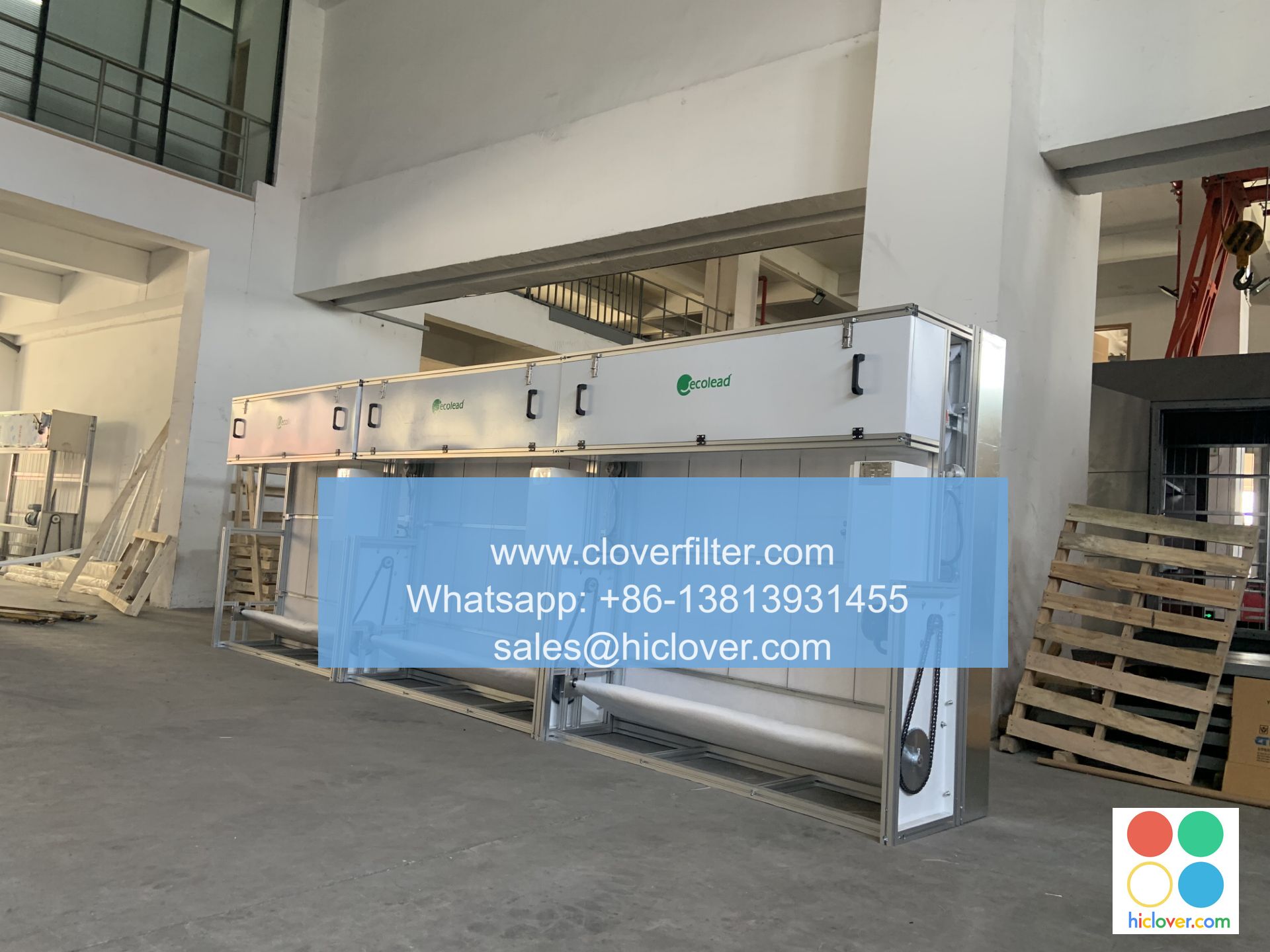The Ultimate Guide to Choosing the Right Dust Collector Filter Material for Your Next Project

The Ultimate Guide to Choosing the Right Dust Collector Filter Material for Your Next Project
Dust Collection 101: Understanding the Basics
Dust collection is an essential aspect of various industries, from manufacturing to construction. Proper dust collection ensures a safe and healthy work environment, while also protecting equipment and machinery from damage caused by dust and debris. Among the many components of a dust collection system, the filter material is a crucial determinant of its effectiveness. In this article, we’ll delve into the world of dust collector filter materials, exploring the various options available, their applications, and tips for choosing the right one for your next project.
Types of Dust Collector Filter Materials
Dust collector filters can be categorized into two main types: cartridge filters and bag filters. Each type has its unique characteristics, advantages, and disadvantages, making them suitable for specific applications.
Cartridge Filters
Cartridge filters are designed with a central core surrounded by a pleated filter medium. They are commonly used in cyclone dust collectors, shuttle-style dust collectors, and some central vacuum systems.
- Advantages:
- High airflow rates
- Low pressure drop
- Easy replacement and cleaning
- Disadvantages:
- Higher cost
- Limited dust holding capacity
- Prone to clogging
Bag Filters
Bag filters, also known as fabric filters, consist of a fabric material, usually cotton, polyester, or fiberglass, stitched into a tube or bag shape. They are commonly used in cartridge-style dust collectors and some portable dust collectors.
- Advantages:
- Inexpensive
- Easy to replace
- High dust holding capacity
- Disadvantages:
- Lower airflow rates
- Higher pressure drop
- Prone to clogging
Applications and Considerations
When choosing the right dust collector filter material, consider the following factors:
Industry and Application
- Manufacturing: Cartridge filters are suitable for high-flow applications, while bag filters are better suited for low-flow processes.
- Construction: Bag filters are often used in construction applications due to their low cost and ease of replacement.
- Aerospace: Cartridge filters are preferred in aerospace applications due to their high airflow rates and low pressure drop.
Airflow and Pressure Drop
- High-flow applications: Cartridge filters are designed to handle high airflow rates with minimal pressure drop.
- Low-flow applications: Bag filters are more suitable for low-flow applications, where a lower pressure drop is less critical.
Material and Durability
- Dust resistance: Look for filter materials with high dust holding capacity and anti-static properties.
- Moisture resistance: Filter materials resistant to moisture and humidity are essential in humid environments.
- abrasion resistance: Cartridge filters with a durable core and pleated material can withstand high-impact applications.
Tips for Choosing the Right Filter Material for Your Next Project
- Assess the application: Determine the application, industry, and expected airflow rates to narrow down the filter material options.
- Consider the environment: Take into account the operating conditions, including temperature, humidity, and dust type.
- Evaluate the filter material: Assess the filter material’s dust holding capacity, airflow rate, and pressure drop to ensure it meets the application’s requirements.
- Test and validate: Perform filter testing and validation to ensure the selected material meets the required standards and specifications.
- Consult with a professional: Consult with a dust collection expert or manufacturer’s representative to get a better understanding of the filter material’s performance and limitations.
Conclusion
Choosing the right dust collector filter material for your next project requires careful consideration of the application, industry, and operating conditions. By understanding the characteristics of cartridge filters and bag filters, you can make an informed decision that meets the specific needs of your project. Remember to evaluate the filter material’s performance, durability, and maintenance requirements to ensure a successful and effective dust collection system.
It looks like you’re trying to start a conversation! I’m happy to help with any questions or topics you’d like to discuss.
If you’re feeling stuck, I can suggest some activities or prompts to get us started. For example, we could:
1. Play a game of “Would You Rather” and come up with fun choices.
2. Have a fun debate on a lighthearted topic, like the best way to make a grilled cheese sandwich.
3. Create a story together, one sentence at a time.
4. Solve a puzzle or play a word game to exercise our brains.
What sounds appealing to you, or do you have something specific on your mind?

